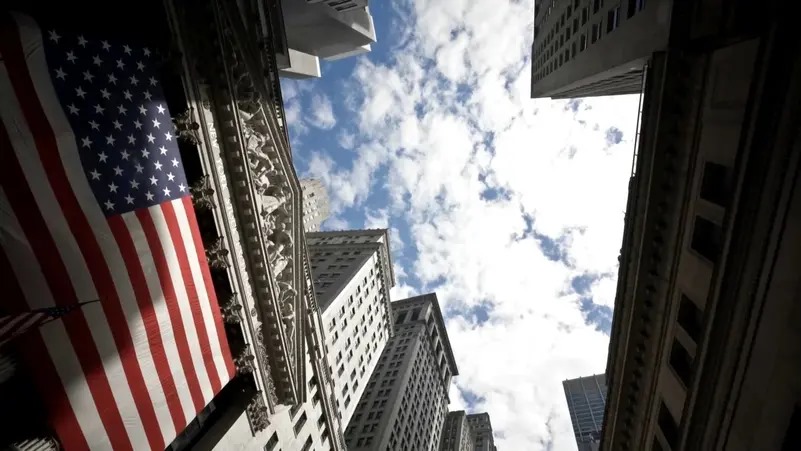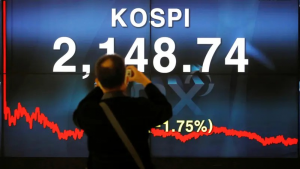The U.S. economy experienced robust growth in 2024, defying earlier pessimistic forecasts of a recession. Declining inflation and improved economic efficiency led many experts to move away from predicting a contraction, making the so-called "soft landing" a reality so far. However, as always, this stability remains contingent on circumstances not shifting dramatically.
Despite expectations of a slowdown due to the Federal Reserve's tight monetary policy, the economy managed to navigate past earlier crises. In the final months of 2024, the Fed cut interest rates three times, the latest on December 18. Yet with the pace of rate cuts expected to slow in 2025, some wonder if the U.S. has moved past the era of low interest rates for good, according to a report by United Press International reviewed by Al Arabiya Business.
The Fed's biggest challenge lies in maintaining a delicate balance between supporting economic activity and keeping inflation under control, which has settled at 2.4%, close to the target of 2%. Nonetheless, uncertainties persist about the impact of elevated interest rates on the economy.
Inflation and Economic Uncertainty
While inflation has dropped from its 2022 peak of 9.1% to below 3%, achieving the Fed’s 2% target remains a challenge.
Projections suggest the economy will continue growing in 2025 but at a slower pace compared to 2024's strong performance. Although third-quarter GDP growth was revised to 3.1%, with similar expectations for the fourth quarter, growth is expected to exceed the consensus forecast of 2.2% and the longer-term projections of 2%.
Fiscal Policies and Tariffs: Opportunities or Risks?
New risks loom on the horizon, including potential tariff increases that could disrupt trade, drive up goods prices, and strengthen the U.S. dollar.
The current average effective U.S. tariff rate stands at 2%, but even a fivefold increase to 10% could escalate trade tensions, create economic challenges, and complicate inflation projections. Each 1% increase in tariffs raises annual inflation by an estimated 0.1%.
On the other hand, promises from the new administration to cut taxes could stimulate economic growth if revenues are channeled into productive investments. However, this may also widen the budget deficit, posing long-term risks.
Consumer Stability and a Resilient Job Market Amid Challenges
Despite the unemployment rate rising to 4.2% from 3.7% at the start of 2024, the labor market remains strong, supported by real income growth and sustained consumer purchasing power.
However, rising debt levels indicate that some Americans face financial pressures despite improved incomes. A key stabilizing factor has been companies retaining employees due to concerns over potential hiring challenges in the future—a phenomenon referred to as "labor hoarding."
Financial Markets and Investment Outlook
Financial market prospects for 2025 remain positive amid ongoing economic growth. Yet historically high stock prices warrant some caution. Prolonged higher interest rates could pressure corporate debt levels and interest-sensitive sectors like housing and utilities.
Nevertheless, the technology sector, driven by advancements in artificial intelligence, is a promising driver of market growth. Additionally, the trend toward domestic production offers new investment opportunities.
While uncertainty persists, investment diversification remains key for success. With inflation nearing the Fed’s target and wages growing faster than inflation, the economic outlook for 2025 appears optimistic.











